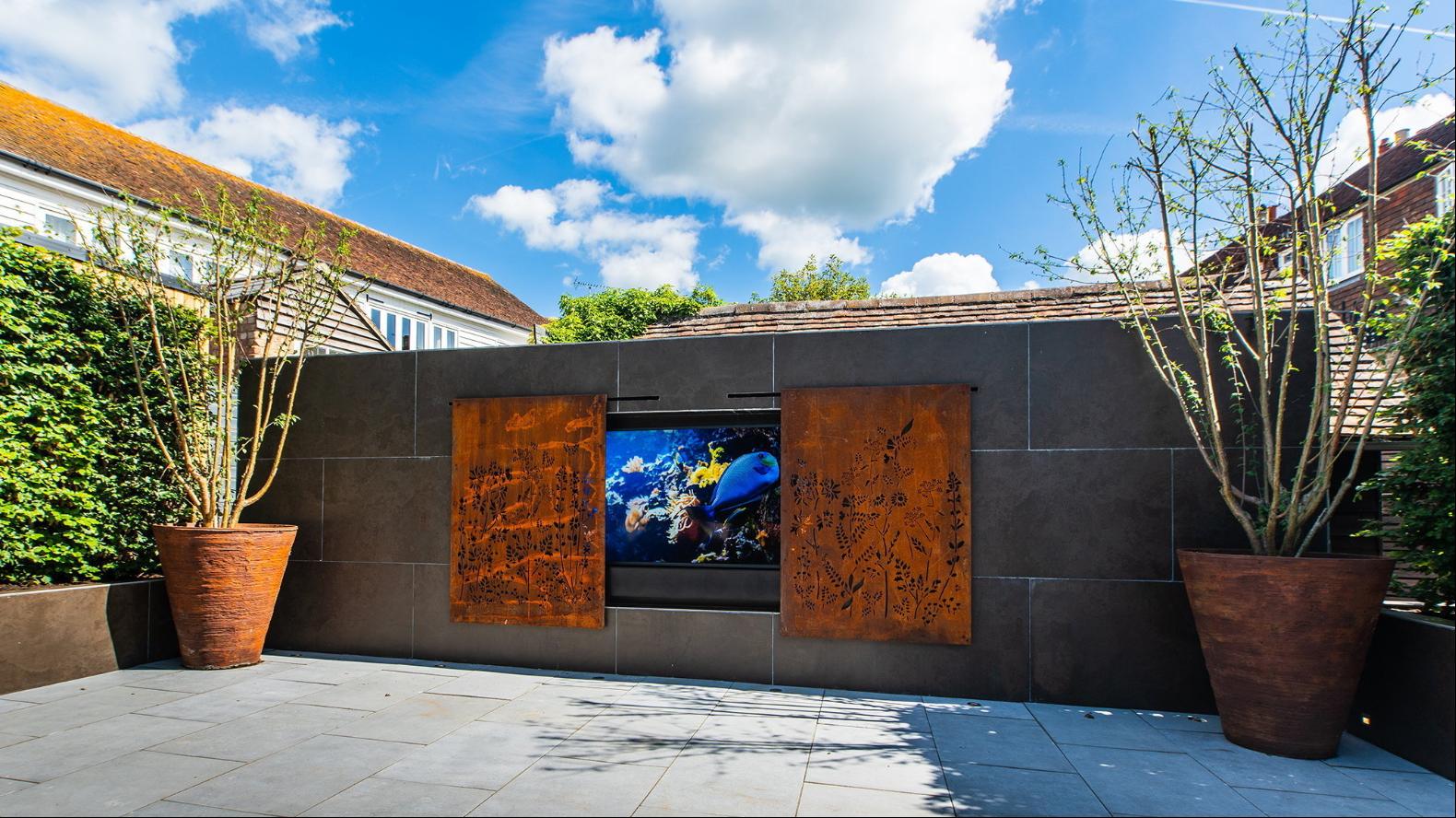
By Adrian Justins
Our gardens are no longer just places to relax, kick a ball or enjoy a barbecue. Thanks to advances in technology, we can now also take indoor activities, such as watching television, outside.
But what does it take to make a garden “smart”? We asked Alex Jones, director of Potters Home Digital, which created the smart garden pictured above, to share his advice on integrating technology into an outdoor space to enhance your enjoyment of your garden without spoiling its natural aesthetic.
For an outdoor cinema
Indoor televisions cannot, of course, withstand the weather, nor are they bright enough for outside use, but many brands now make models with outdoor entertainment in mind.
ProofVision’s Aire Plus range uses weatherproof screens that are also anti-reflective. “An ultra-high brightness screen means the picture can be seen when the TV is mounted on a south-facing wall, even on a sunny day,” says Jones.
He recommends installing a cover for any TV with a waterproof rating of less than IP65, an international standard which means the product is watertight against light pressure water spray. A bespoke cover (like the one pictured below) could be opened and closed at the touch of a button on an iPad or smart remote control.
Jones suggests hiding any audio speakers among plants. The Landscape Ribbon by Ambisonic is designed for this purpose.
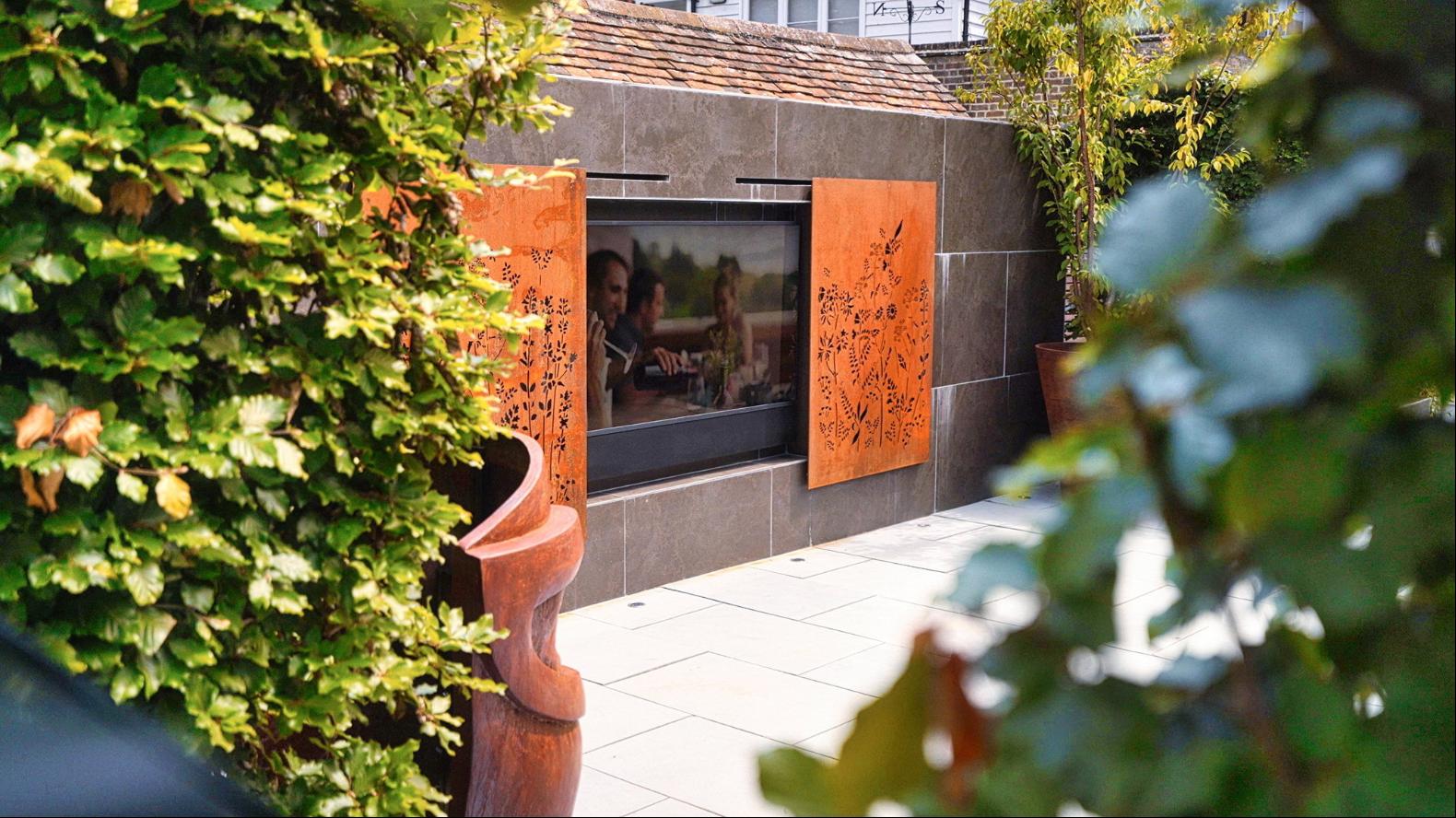
For listening to music
To minimise disturbing neighbours, Jones advises against fixing outdoor speakers high up on a wall. “To be more considerate, I recommend you place them so they are directed only at the area where you’ll be listening,” he says. He adds that wall-mounted speakers also have a “harsh” sound quality.
Lower-level solutions include devices that can be used on a patio, such as the Episode Terrain kit (pictured) that includes four satellite speakers, or the company’s Rock speakers, which are disguised as granite or sandstone boulders.
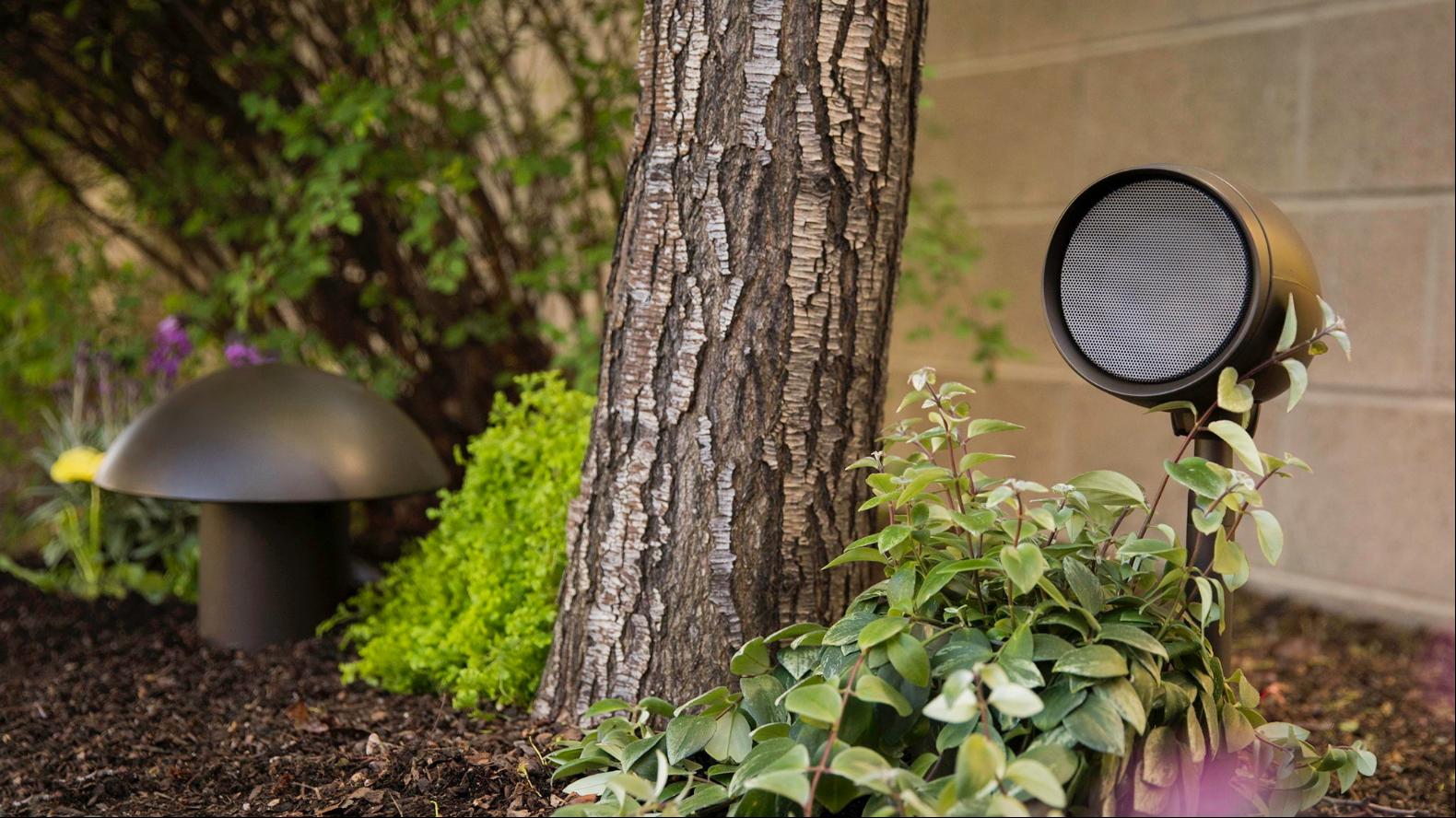
For temperature control
Aside from taking a dip in a pool, Jones recommends keeping cool by installing a pergola with louvres that can be automatically opened or closed, as the weather dictates. Some systems use a very precise “astronomical clock” to automatically move the louvres, keeping you either in shade or sun.
Remanso’s electric pergolas are controlled via remote control and have integrated roof lighting.
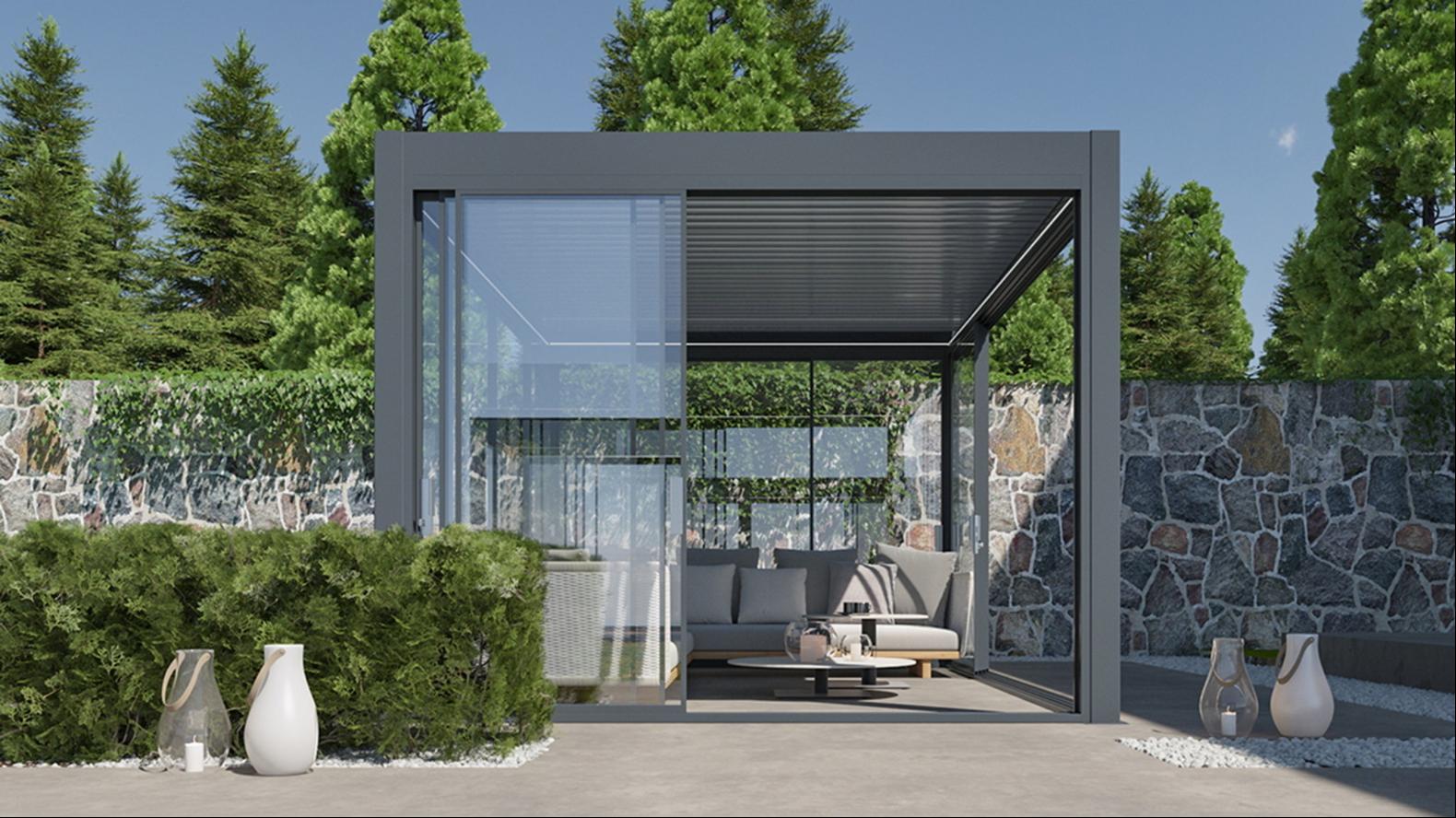
For lighting
When it comes to other lighting, Jones has this sage advice: “Do not skimp on either the product or the installer.” He says many systems are designed for drier climates than the UK, but that water can get into the “tiniest hole” and cause trouble.
The outdoor lights from Collingwood can be automated using an app-based smart home platform, or switched on, off and dimmed using a smart switch.
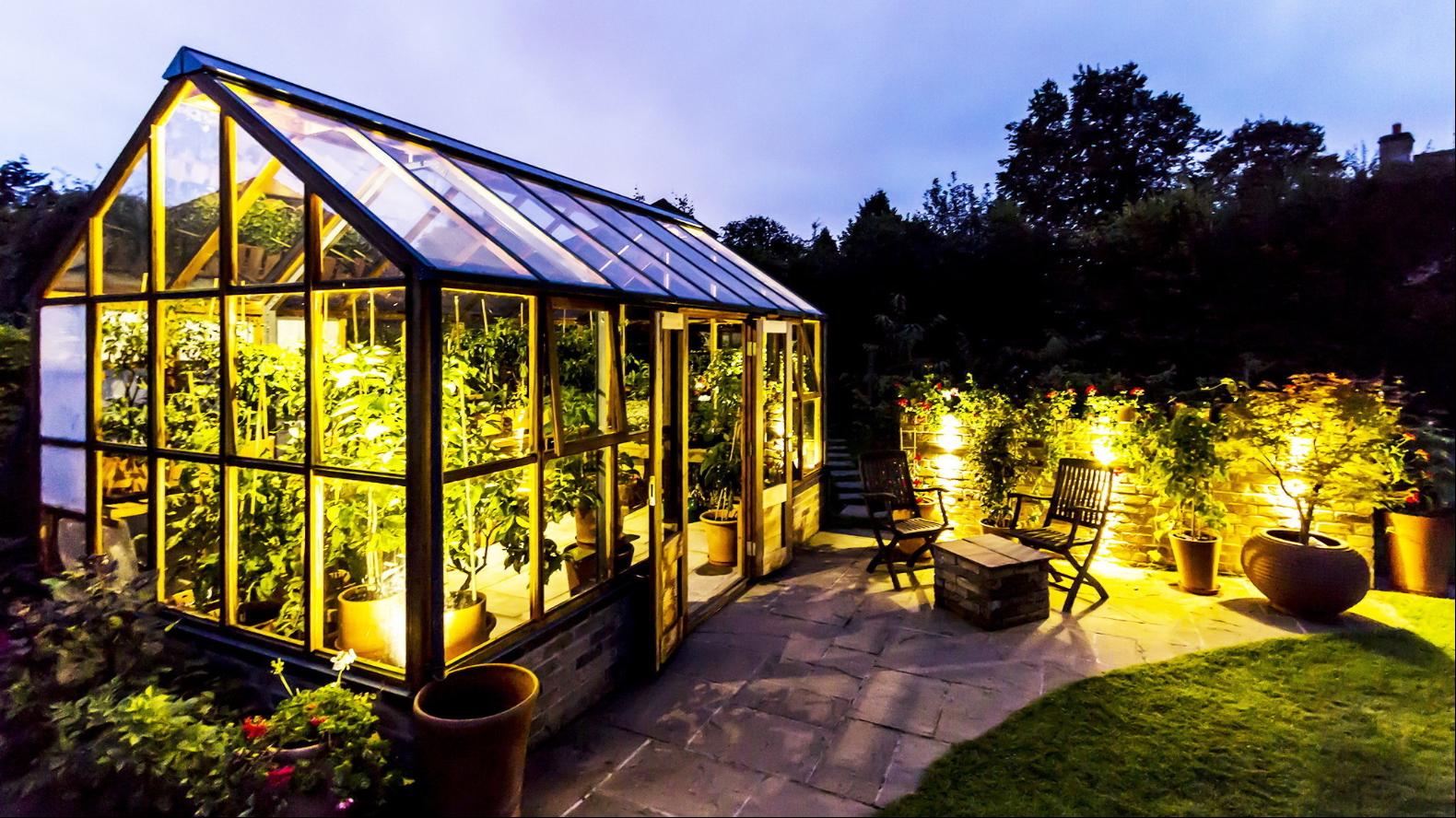
For watering plants
Jones suggests that before you even start planting your garden you install an automatic irrigation system. While a timer switch can be set to water at desired intervals, a sensor such as the Rain-Clik from Hunter can prevent over watering when it rains.
Jones expects watering systems to get even smarter: “Artificial intelligence will aid their ability to water different areas more accurately”, according to the specific hydration needs of different plants and the rate of evaporation, which is affected by geography and the time of year.
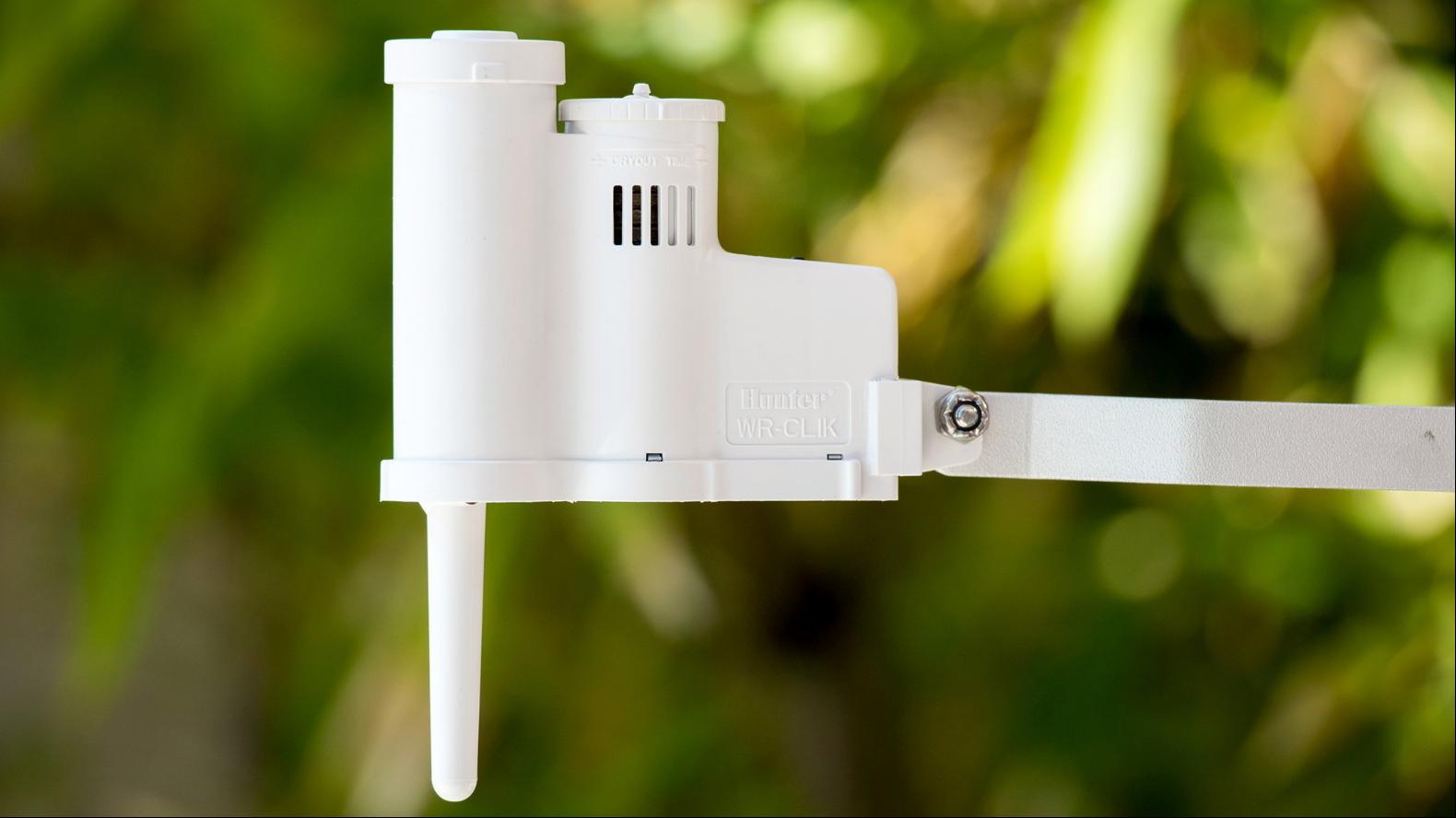
For security
AI is already used for some CCTV cameras. A camera linked to a smart home platform, such as the Google Nest Cam, can be set to trigger various things based on what it detects in specific areas of your garden at different times of day.
“If the camera detects a person on a pathway after 10pm, it could automatically turn on all the garden lights and start playing music through the speakers,” explains Jones. He says this action is enough to “make most people run away”, while the homeowner is alerted to the incident via their smartphone.
All of this smart garden tech requires power, of course. If you are landscaping a garden, Jones recommends thinking ahead and laying plenty of underground ducts for electric cables. “You don’t want to be digging up paths or borders [when adding or changing tech] and it’s much easier to thread cables along existing ducts,” he says.

Photography: David Thrower; Hunter Industries Incorporated



